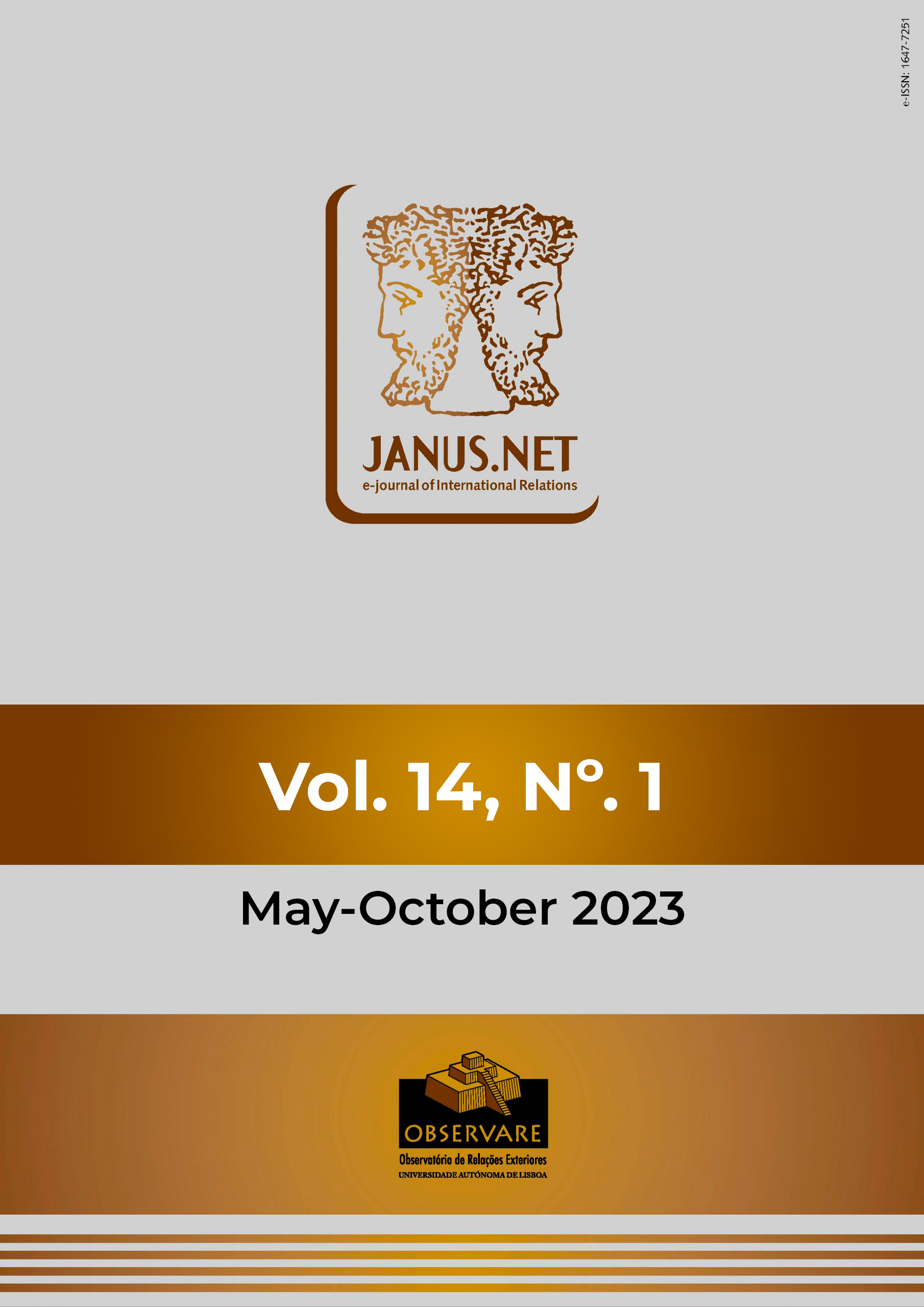Undertaking a case study of the Soviet-Finnish border in the 1920s, the article explores how problems of Soviet international borders’ security and Soviet initial responses to them locally played on the ground. It discusses, how the early Soviet border securitization project, intertwining with the Soviet security threats, entailed the first “cleansing” operations in the border zones. It argues that the Soviets engaged in their first “prophylactic cleansing” experiments in the mid-1920s in the relatively stable borderlands earlier than the actual first “security threats” of the 1920s materialized. Therefore, the heritage of the revolution and the civil war mixed with the tenets of Bolshevik ideology left its imprint not only on Stalin’s mentality as a primary trigger of Soviet “cyclical violence,” as many scholars argue, but generated a continuum of hibernating but never ceasing state violence which was easily triggered locally by the regional actors.
THE SOVIET-FINNISH BORDER AS A STATE SECURITIZATION PROJECT IN THE EARLY 1920S
https://doi.org/10.26619/1647-7251.14.1.2
OKSANA ERMOLAEVA
Abstract
Keywords
Soviet western border, 1920s, security threats, border securitization, repressive operations, local responses
Artigo publicado em 2023-05-30

